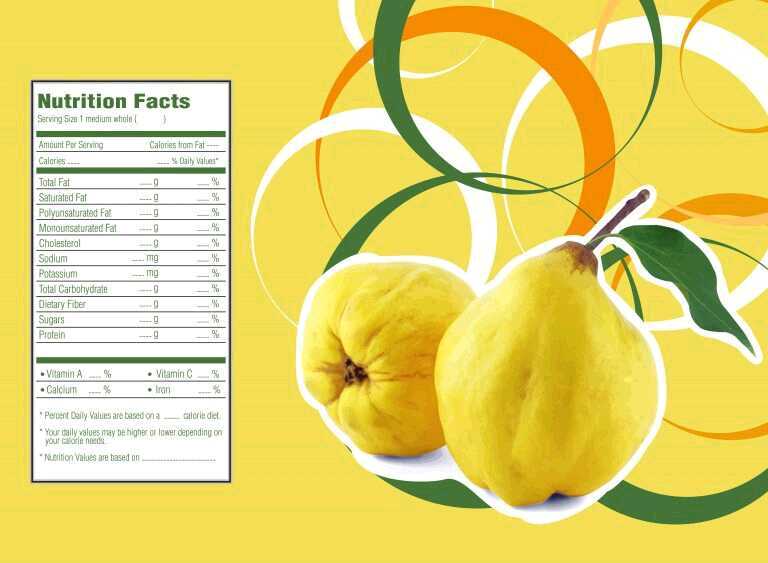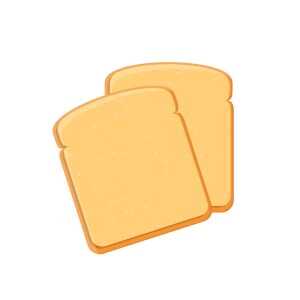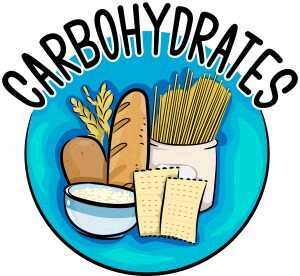
How many of you actually read the nutrition facts tables?
Be honest.
I understand how some of you might shy away from reading the nutrition facts tables. I hear you. I was that way before I started my undergraduate studies in nutrition. The somewhat overwhelming table can seem confusing and too much of a hassle to decode it. And to be frank, I still struggle sometimes when I’m analyzing the food labels and nutrition facts table, particularly with the emerging functional food ingredients.
But the truth of the matter is, food labels aren’t that nerve-wreaking once you have the basics down.
Here’s the rundown.

#1. The Serving Size
 Always start with the serving size before wandering off to other parts of the nutrition facts tables. The values found in the table are based on the indicated serving size. When comparing between two similar food products, you need to make sure that your values are based on the same portion size.
Always start with the serving size before wandering off to other parts of the nutrition facts tables. The values found in the table are based on the indicated serving size. When comparing between two similar food products, you need to make sure that your values are based on the same portion size.
Of course, calculate your carb intake based on the amount you normally eat. If the portion size indicated on the box of cookies is two cookies, and you eat four cookies, multiply by two the amount of carb indicated on the label.
See? Simple.
#2. % Daily Value
Here’s a neat trick to keep in mind:
- If the % DV is < 5%, the content of this nutrient is low.
- If the % DV is > 15%, the content of this nutrient is high.
Needless to say, you want to be keeping the problematic nutrients such as sodium, fat, cholesterol, and sugar low, and an eye out for the amount of carb.
#3. Amount of Carb
 This section is probably the trickiest part, but really, it’s nothing you can’t understand.
This section is probably the trickiest part, but really, it’s nothing you can’t understand.
Carbohydrate is the sum of fiber, sugars, and starch. On the food label, however, only fiber and sugar are indicated. To calculate the amount of starch, substrate the amount of fiber and sugar from the total carbohydrates.
Carbohydrates = fiber + sugar + starch
Starch = carbohydrate – fiber – sugar
The following two items is not part of the Nutrition Facts table per se, but I thought I would briefly write about them.
#4. List of ingredients
The ingredients are listed in descending order. In other words, the first few ingredients in the list occupy the most weight in the recipe. If sugar is the first ingredient you spot on the list, chances are the product is loaded with sugar and should be consumed moderately.
#5. Health Claims
 Health claims need to be interpreted with caution. Of course, I have no doubt that health organization tries their best at making the health allegations as clear as possible, but I’ll be honest, it’s not that obvious. The allegation “no added sugar” does not stipulate that the food is free of sugar; sugar-free does not equate to no carb. Check out my previous blog post for more details.
Health claims need to be interpreted with caution. Of course, I have no doubt that health organization tries their best at making the health allegations as clear as possible, but I’ll be honest, it’s not that obvious. The allegation “no added sugar” does not stipulate that the food is free of sugar; sugar-free does not equate to no carb. Check out my previous blog post for more details.
There you have them: the basics of reading a food label. See? It wasn’t too complicated, right?
